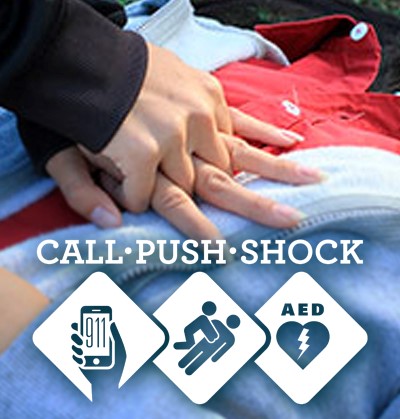
Buffalo Bills safety Damar Hamlin, 24, collapsed in cardiac arrest during an NFL game with the Cincinnati Bengals last Monday night. Fortunately, the medical team was prepared and provided immediate CPR and defibrillation to restore his pulse.
PITTSBURGH, PA--Millions watched as Buffalo Bill’s safety, Damar Hamlin, 24, collapsed in cardiac arrest during an NFL game with the Cincinnati Bengals last Monday night. It was shocking for players, fans in the stadium, and the Monday Night Football TV audience to watch as he fell backwards to the ground following a tackle. Players surrounded Damar to provide privacy and pray as the medical staff administered CPR and treatment with a defibrillator. According to the Bills, his pulse was restored on the field before he was transported to the University of Cincinnati Medical Center. He was since discharged to a hospital in Buffalo and subsequently discharged home.
One possible cause of Damar’s cardiac arrest was commotio cordis, a condition that results from being struck in the chest at a particular time during the heart rhythm cycle.
“What viewers witnessed last Monday was sudden cardiac arrest—not to be confused with a heart attack. When cardiac arrest occurs, the heart stops beating and the victim needs immediate help from people nearby,” said Mary M. Newman, MS, president of the Sudden Cardiac Arrest Foundation. “The odds of survival increase dramatically if bystanders provide CPR and use an automated external defibrillator or AED.”
AEDs are designed for use by laypersons—even those who have not undergone training. The devices themselves provide simple real-time instructions.
There are many causes of cardiac arrest. In addition to commotio cordis, other causes include scarring of the heart tissue, thickened heart muscle, electrical abnormalities, and blood vessel abnormalities. Regardless of the cause, said Newman, “SCA leads to death in minutes if the victim does not get help right away. Survival depends on people nearby calling 911, starting CPR, and using an AED as quickly as possible.”
The Sudden Cardiac Arrest Foundation urges the public to learn CPR and how to use an AED, to encourage CPR-AED education in schools, and to promote widespread deployment of AEDs in their communities.
